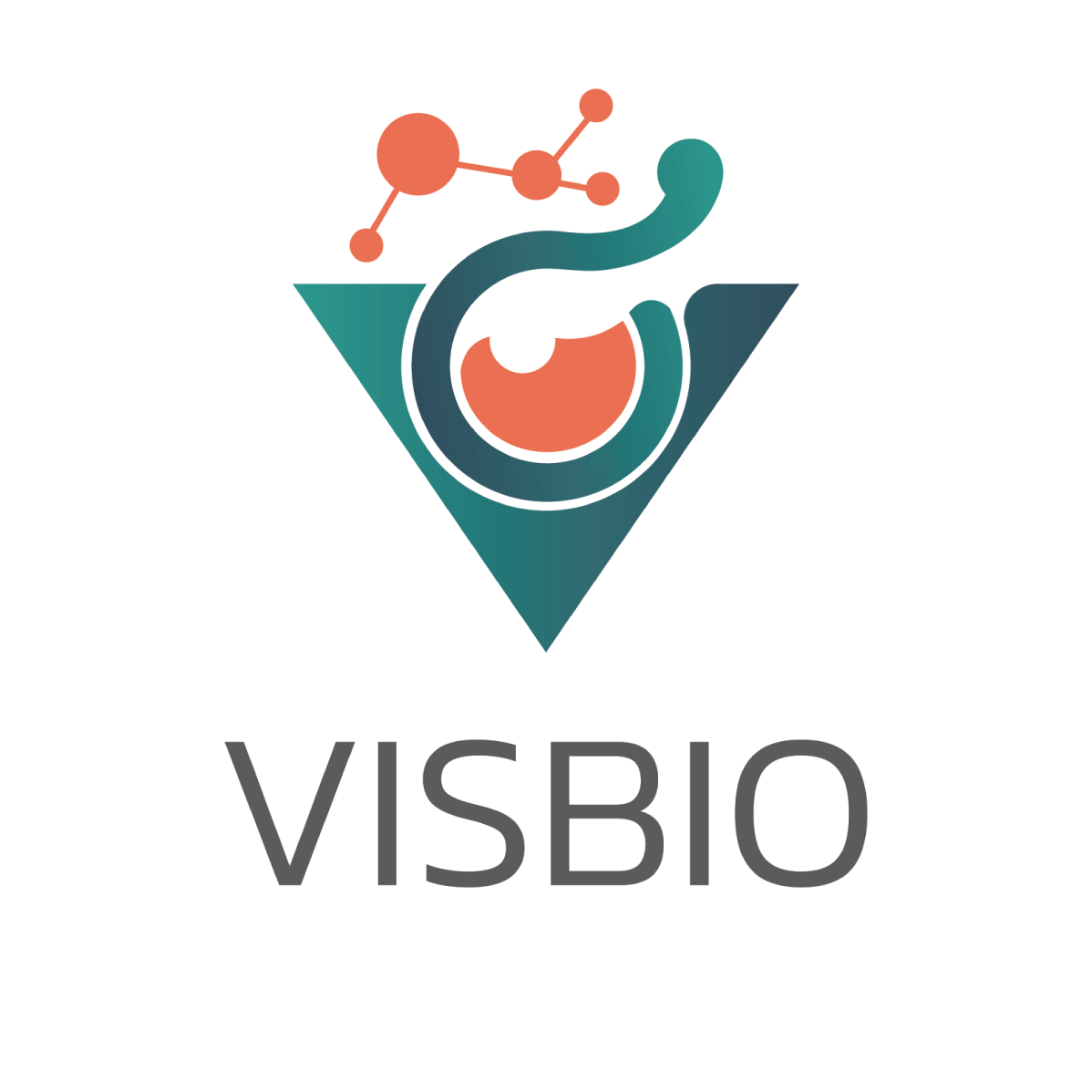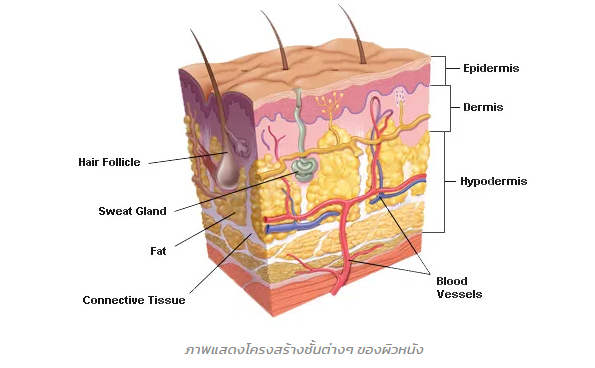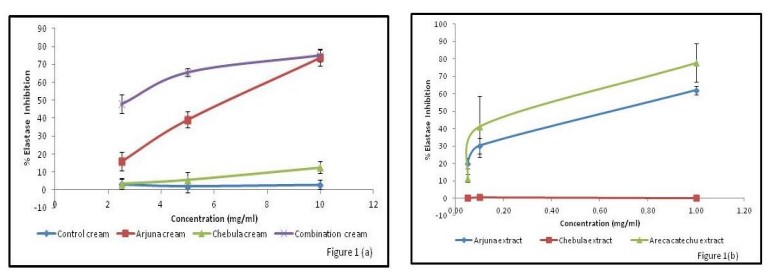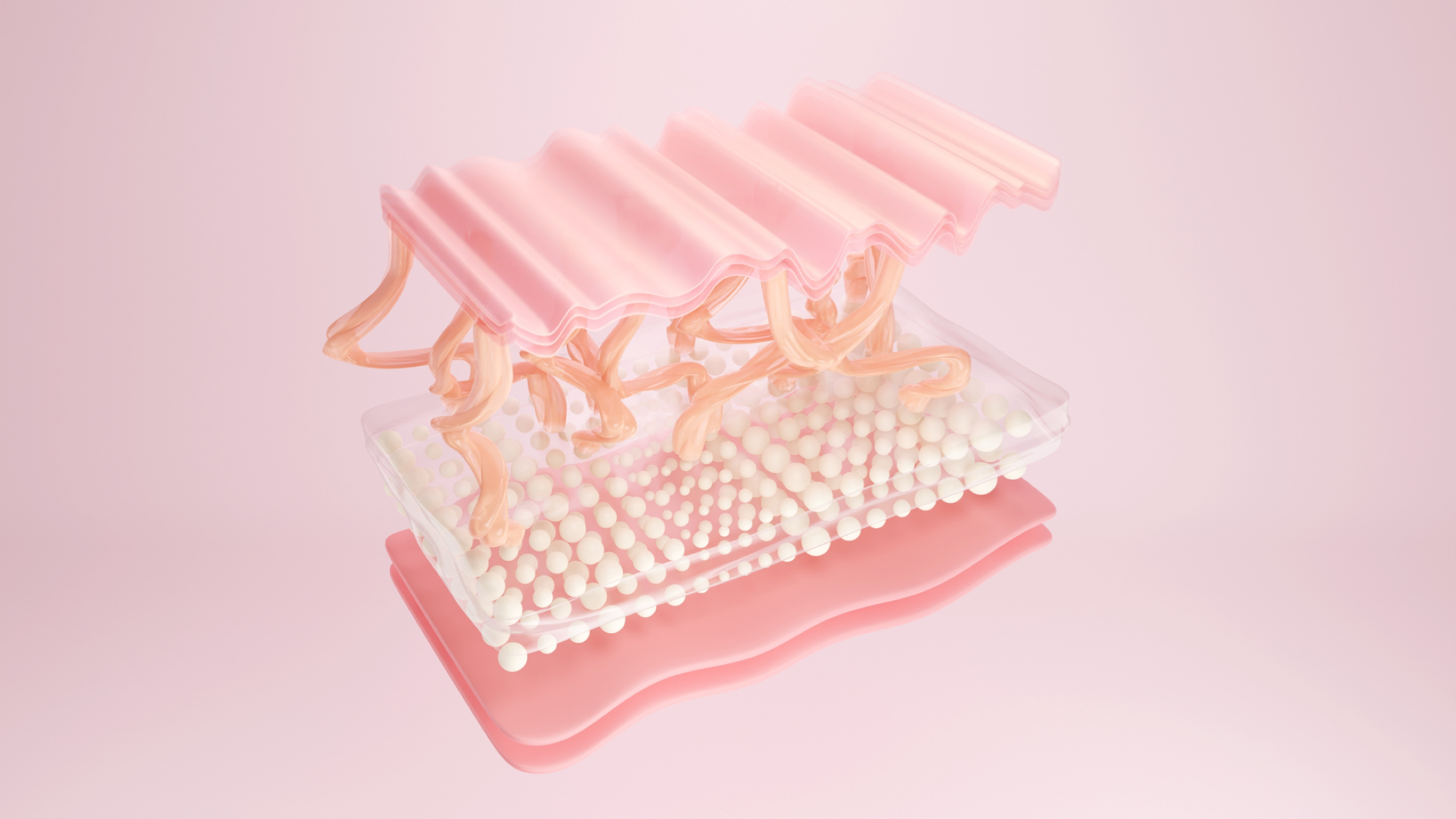
Elastase inhibition activity test data (Anti-Elastase) with various products.
VISBIO Co., Ltd. offers testing and analysis services for elastase inhibitor activity (Anti-Elastase) across various product samples. This test is particularly suitable for the health and beauty industry, focusing on properties such as wrinkle reduction and increased skin elasticity. Elastin, an enzyme vital for skin flexibility, plays a crucial role in maintaining proper skin cell arrangement. Elastin contributes significantly to skin elasticity, wrinkle reduction, and the deceleration of aging.
However, the elastase enzyme, present in the dermal layer, can break down elastin, resulting in reduced skin elasticity and a primary cause of skin wrinkles, especially when the skin is overexposed to UV radiation. Research findings indicate that natural extracts exhibit inhibitory effects on the elastase enzyme. The extent of inhibition can vary depending on the plant type and extraction method.
Skin
The skin is an important part that envelops the body, serving to protect against various dangers from the external environment. It acts as a barrier against harmful factors such as UV radiation, which is a significant factor that damages the skin. UV radiation or sunlight is one of the factors that cause thinning of the skin, leading to the destruction of collagen and elastin.
Collagen and elastin are responsible for the structural integrity and elasticity of the skin. When collagen and elastin, which play a role in the structure and elasticity of the skin, are destroyed, the skin in those areas becomes saggy, and wrinkles and fine lines appear. The aging of the skin is caused by two main factors: intrinsic aging, which is a result of the passage of time within the body, and extrinsic aging, which is caused by external factors such as sunlight or UV radiation. Skin aging often occurs due to a combination of intrinsic and extrinsic factors.
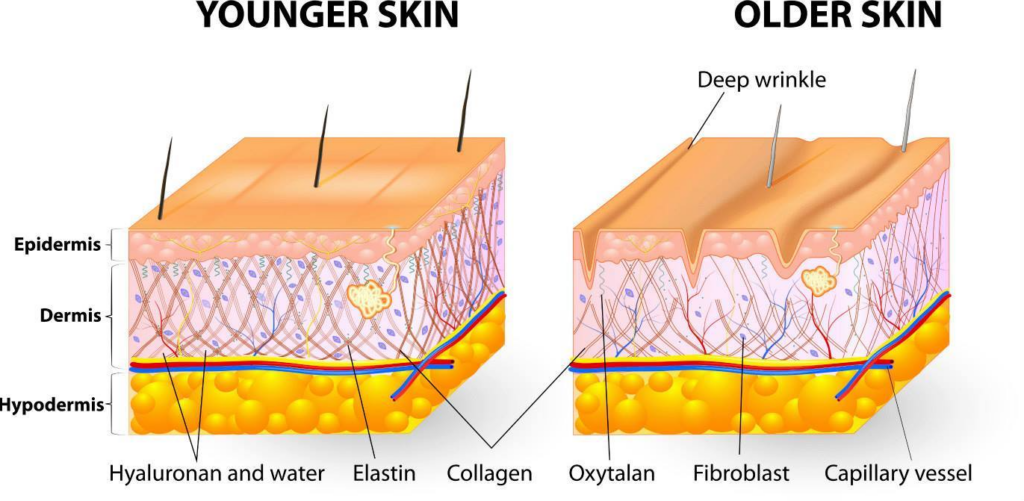
Elastin and Elastase Enzyme
Elastin is closely related to collagen and is a highly flexible protein. It is present in connective tissues, allowing various tissues in the body to return to their original shape after stretching or contracting. Elastin is responsible for providing elasticity to our skin and is also a crucial structure that holds skin cells together appropriately. Its benefits include providing skin elasticity, reducing wrinkles, and helping to delay aging. Elastase enzyme is an enzyme capable of degrading elastin present in the true skin. When the skin is exposed to excessive UV radiation, skin cells release elastase enzymes through blood vessels into the true skin in increased amounts. This leads to the degradation of elastin in the true skin, resulting in a decrease in the firmness and elasticity of the skin, which is a significant cause of wrinkles on the skin.
A collection of compounds that hinder the functionality of the elastase enzyme.
Substances that Inhibit the Activity of Elastase Enzyme Through research, it has been found that natural extracts containing phenolic compounds, such as flavonoids (the most abundant phenolic compounds found in various vegetables, fruits, and legumes), and terpenoids, such as carotenoids (natural pigments that give yellow, orange, and red colors, abundant in many plants, fruits, and flowers), often possess inhibitory properties against elastase enzyme. However, the extent of inhibition may vary depending on the plant species and extraction methods.
Method for testing the inhibitory efficacy of elastase enzyme activity
Testing the inhibition of elastase enzyme activity of the extract substance was performed through in vitro testing in a test tube (In vitro test) by Chaiyana et al. (2021). Subsequently, the percentage value of elastase enzyme inhibition, or the concentration required to inhibit 50% of elastase enzyme activity (anti-elastase activity, IC50), was calculated.
Therefore, testing the inhibition of elastase enzyme activity with important substances, extracts, or samples of cosmetic products is suitable for the cosmetics industry, which focuses on products that help reduce wrinkles, sagging, and other signs of aging skin.
Example of Enzyme Inhibition Results Report
The objective of this research was to study the ability to inhibit free radicals and suppress the activity of elastase enzyme in a formulation for reducing fine lines. The formulation contained a combination of terminalia arjuna extract and terminalia chebula extract. Terminalia arjuna extract was obtained from dried bark, while terminalia chebula extract was obtained from dried fruits and extracted using 50% ethanol. The developed formulation contained 20% of terminalia arjuna extract and 20% of terminalia chebula extract. The ratio of terminalia arjuna extract to terminalia chebula extract in the formulation was 1:2.
From the experimental results, it was found that the formulation containing terminalia arjuna extract had a higher efficiency in inhibiting the activity of elastase enzyme (IC50 6.6 mg/ml) compared to the formulation containing terminalia chebula extract. On the other hand, the formulation containing terminalia chebula extract had a higher efficiency in inhibiting free radicals (IC50 0.032 mg/ml) compared to the formulation containing terminalia arjuna extract.
However, from the overall experimental results, it can be observed that the formulation combining terminalia arjuna extract and terminalia chebula extract exhibited the best performance. This formulation showed the highest antioxidant activity (IC50 0.14 mg/ml) and the strongest inhibition of elastase enzyme activity (IC50 2.8 mg/ml) (Mathen, 2014).
Literature:
- Baumann, L., E.F. Bernstein, A.S. Weiss, D. Bates, S. Humphrey, M. Silberberg and R. Daneils. 2021. Clinical relevance of elastin in the structure and function of skin. Aesthetic Surgery Journal Open Forum. 2021; 1-8.
- Chaiyana, W., Charoensup, W., Sriyab, S., Punyoyai, C., and Neimkhum, W. 2021. Herbal Extracts as Potential Antioxidant, Anti‐Aging, Anti‐Inflammatory, and Whitening Cosmeceutical Ingredients. Chemistry & Biodiversity.
- Mathen. C., R. Thergaonkar, M. Teredesai, G. Soman and S.Peter. 2014. Evaluation on anti-elastase and antioxidant activity in antiaging formulations containing terminalia extracts. International Journal of Herbal Medicine. 2014; 2(2): 95-99.
- Lee.S.H., S. Sancheti, S. Sancheti and S.Y. Seo. 2009. Potent antielastase and antityrosinase activities of Astilbe chinensis. American Journal of Pharmacology and Toxicology. 2009; 4(4): 127-129.
- บทความจากสาขาเครื่องสำอาง. ความแก่ของผิวหนัง: กลไกการเกิดระดับโมเลกุล การป้องกัน/การรักษา และสารธรรมชาติที่
